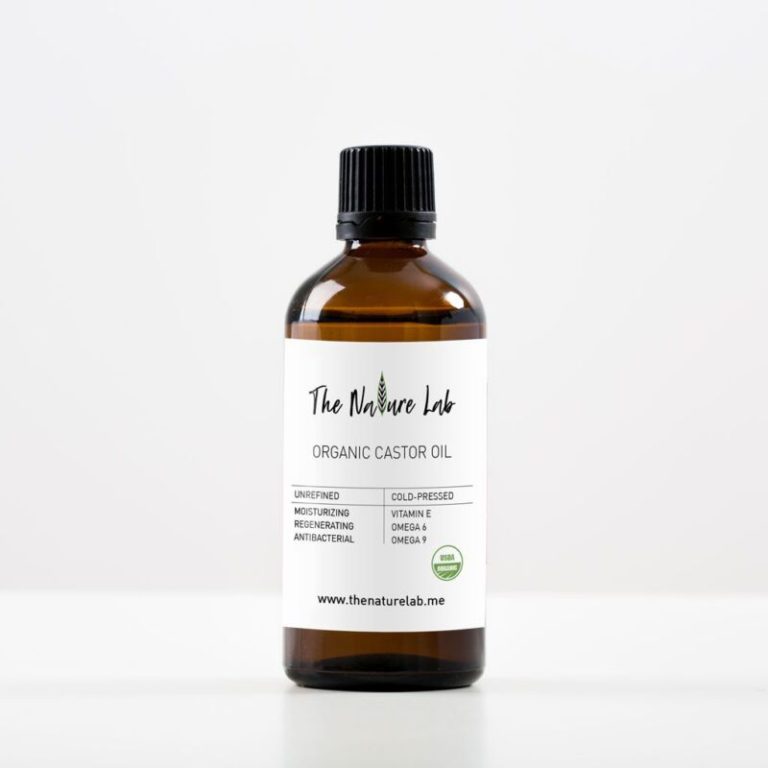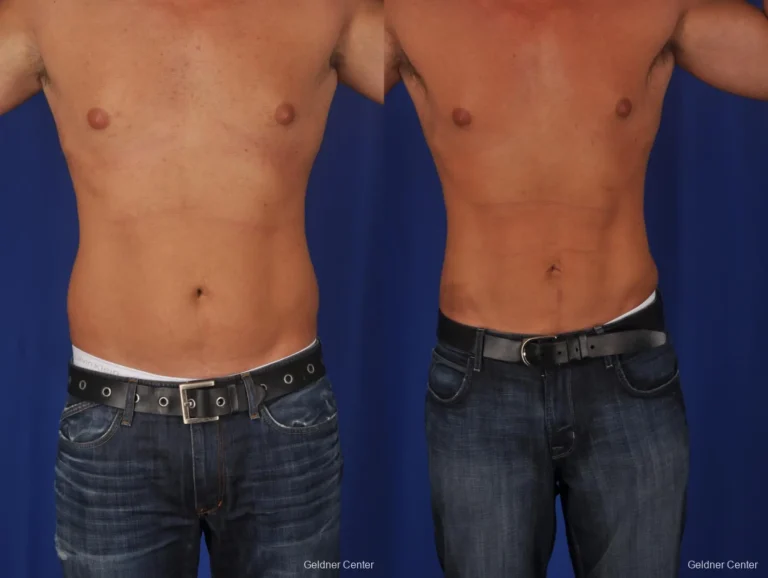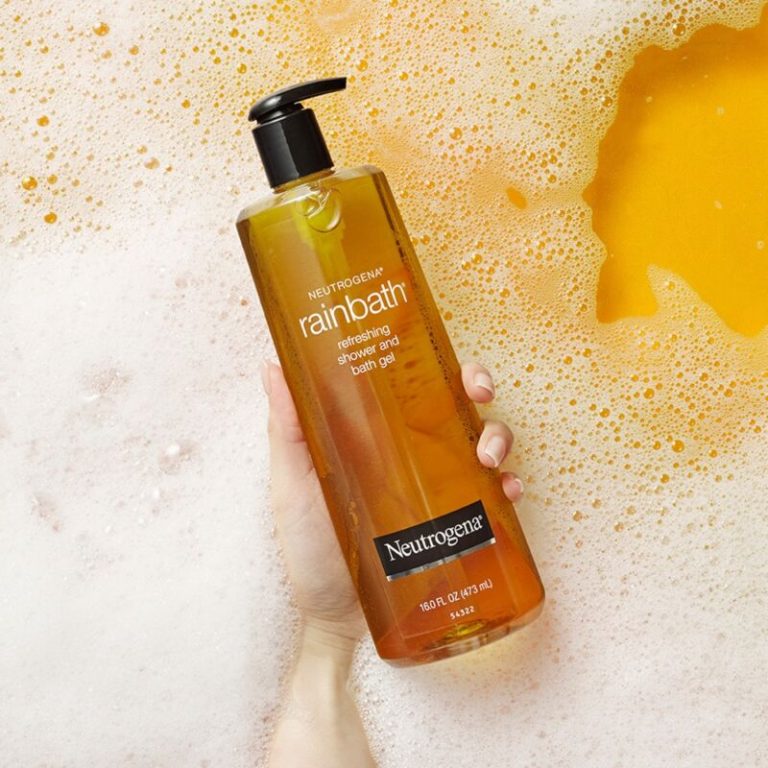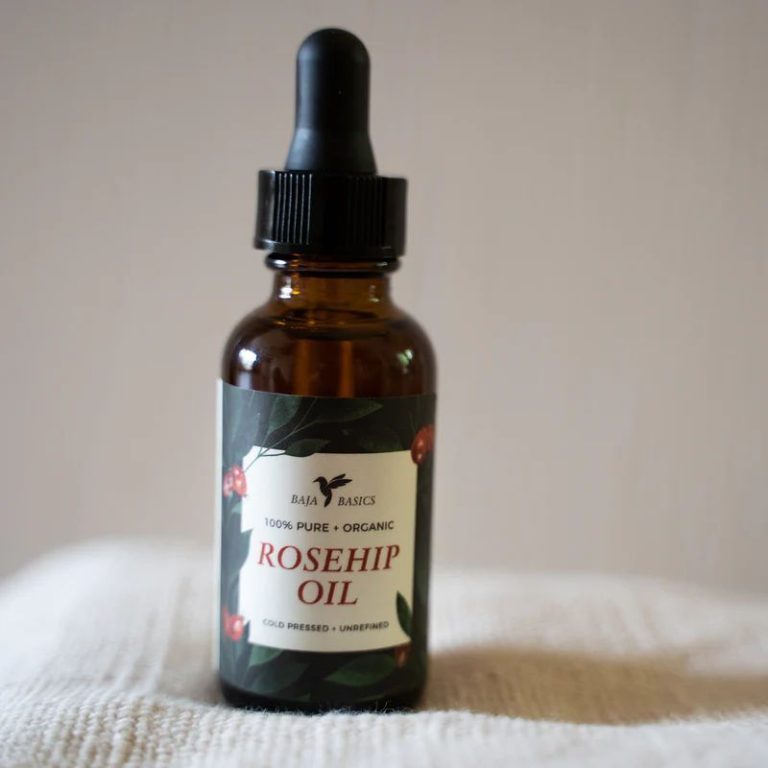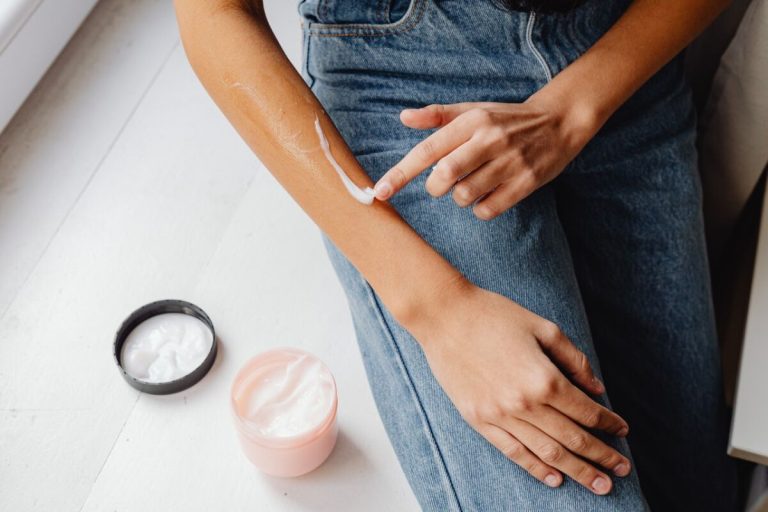How Long Does It Take To Tan?
Many of us dream of having that perfect golden tan. There’s just something so alluring about sun-kissed, glowing skin. When summer rolls around, one of the top questions on our mind is: how long does it take to tan?
Getting an enviable tan seems deceptively simple. Just bask out in the sun for a bit and voila – a bronzed goddess! However, several factors impact how fast you can develop a tan. Understanding these variables is key to getting your ideal summertime glow safely and efficiently. So how long does it really take to tan? Let’s find out!
Factors That Impact Tanning Time
Contents
Multiple elements determine how quickly your skin will tan under sun exposure. The major factors include:
Skin Type
Your skin type significantly influences tanning ability. The Fitzpatrick scale categorizes skin into six types based on response to UV light:
- Type I – Always burns, never tans
- Type II – Burns easily, tans minimally
- Type III – Burns moderately, tans gradually
- Type IV – Burns minimally, tans well
- Type V – Rarely burns, tans profusely
- Type VI – Never burns, deeply pigmented
The fairer your natural complexion, the longer it takes to tan. People with Fitzpatrick skin type I and II will take much longer to tan compared to those with type V or VI skin.
Genetics
Your genes play a significant role in skin pigmentation and tanning ability. People with higher natural levels of melanin develop a tan faster. Melanin is the pigment that gives color to your skin, hair and eyes. Higher melanin content allows skin to tan more efficiently under UV exposure.
Intensity of UV Rays
The intensity of the ultraviolet (UV) rays you expose yourself to impacts how quickly a tan develops. More intense sunlight leads to faster tanning.
This is why tanning occurs quicker near the equator, where UV rays are most concentrated. It also explains why you tan faster on a bright, sunny beach versus an overcast day.
Duration of Exposure
The length of time you spend in the sun significantly impacts tanning speed. More exposure allows your skin to soak up greater amounts of UV radiation, stimulating higher melanin production.
To develop a tan, you need adequate time for this melanin synthesis process to occur. Brief intermittent sun exposure won’t lead to substantial tanning.
Sun Protection Used
The amount of sunscreen and protective clothing used while tanning also affects results. Sunscreen prevents UVB rays from penetrating deeply into the skin.
While this protects against burns, it also slows tanning. Finding the right balance is key for both safety and tanning efficacy.
Understanding the Tanning Process
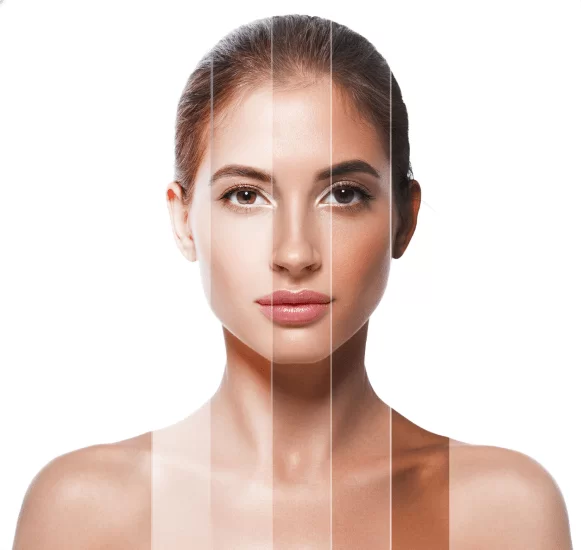
To optimize your tanning routine, it helps to understand what exactly occurs when your skin tans. Here’s a quick science lesson:
The Role of Melanin
When you bask in the sun, specialized skin cells called melanocytes go into overdrive producing melanin. This extra melanin creates the darker pigmentation we call a tan.
Melanin acts as your skin’s natural sunscreen. It absorbs UV radiation to prevent damage from excess sun exposure. The more melanin your melanocytes churn out, the richer your tan color becomes.
UVA vs UVB Rays
Not all UV rays have the same tanning effects. There are two main types:
- UVA rays have longer wavelengths that penetrate to the deepest layers of your skin.
- UVB rays have shorter wavelengths that only reach the outermost layers.
UVA stimulates melanin production, inducing long-lasting tan color. UVB leads to rapid pigment darkening in superficial skin that fades quickly. You need a balance of both for optimal tanning.
Stages of Tanning
Tanning occurs through a few distinct stages:
Immediate Pigment Darkening (IPD) – Right after UV exposure, melanin and other chromophores in your skin undergo oxidation. This immediately darkens your pigmentation similar to a light sunless tan. However, the effect is temporary and fades within a few hours.
Delayed tanning – This is the actual long-lasting tan color. It begins to develop 48-72 hours after UV exposure due to increased melanin production. Delayed tanning peaks around 5-7 days post-exposure.
This multi-stage process demonstrates why you don’t tan instantly after one session in the sun. Achieving your ideal tan color takes time.
How Long Does It Take to Tan Outside?
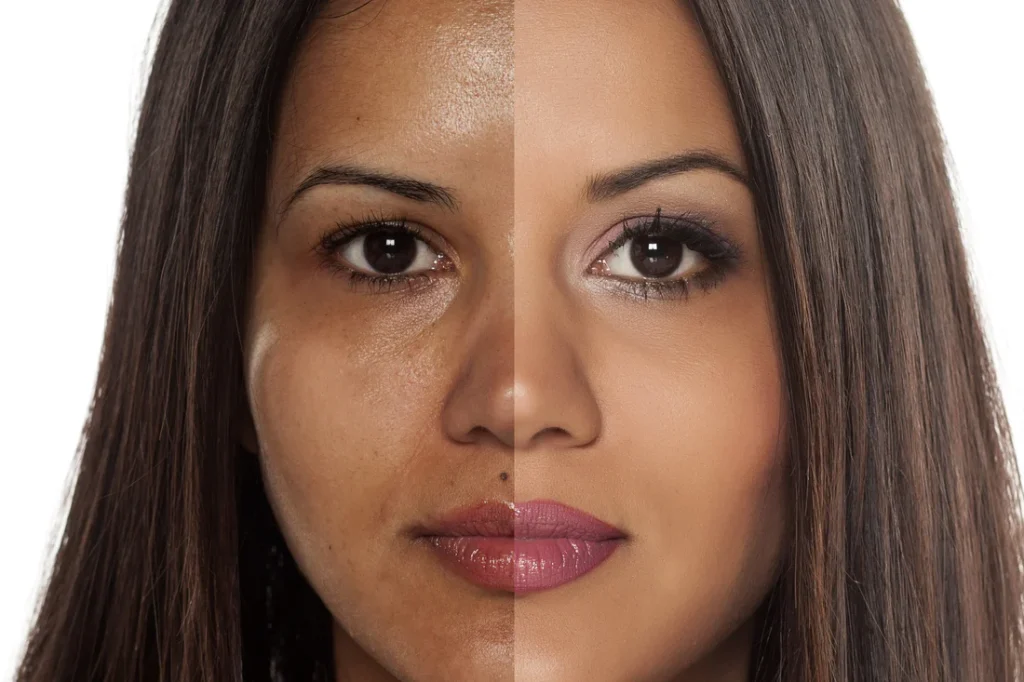
Now that you understand the basics of how tanning works, let’s get down to the nitty gritty. Exactly how long does it take to get a tan basking outdoors?
The specific timeframe varies based on your skin type and climate conditions. But we can provide general time estimates:
Fitzpatrick Skin Type I – 10-30 minutes sun exposure over several days
Type II – 10-30 minutes exposure over several days
Type III – 20-30 minutes 2-3 times per week
Type IV– 40-60 minutes 2-3 times per week
Type V – 40-60 minutes 2-3 times per week
Type VI – 40-60 minutes 2-3 times per week
The key is gradually building up sun exposure to avoid burning. You won’t develop substantial color after just one brief outdoor session. Be patient and stick with a regular tanning schedule over several weeks.
Here are some tips for smart outdoor tanning:
- Apply broad-spectrum sunscreen with SPF 30 or higher.
- Avoid mid-day sun when UV rays are most intense.
- Start with short sessions of 10-15 minutes and incrementally increase.
- Take regular shade breaks and wear protective clothing.
Following safe practices prevents sunburn so you can achieve your ideal bronze hue over time. Don’t rush the process.
How to Tan Faster Outside
Want to accelerate your tanning a bit? Here are some strategies:
Exfoliate and hydrate skin – Sloughing off dead cells pre-tan improves UV absorption for faster pigment development. Moisturizing boosts the process.
Apply sunscreen correctly – Don’t skip sunscreen, just choose the right formulation. Look for lightweight lotions that provide high Broad Spectrum or UVA/UVB protection. Reapply frequently.
Use tanning accelerators – Topical products with ingredients like tyrosine trigger melanin production. Just take care with dosage and timing when using accelerators.
Go for a swim – Get your tan on while enjoying some water fun. The cool water helps skin retain heat while wetness allows for better absorption of UV rays.
Tan during peak UV hours – Schedule sessions around mid-day when the sunlight is most intense for faster color development.
Rotate your body – Flip frequently when tanning to achieve uniform color rather than baked lines. Change up positioning to expose all areas evenly.
Use reflective tools – Tanning mirrors, aluminum foil sheets or specially designed towels help reflect sunlight onto hard-to-reach spots for super even coverage.
Combine outdoor and indoor tanning – Carefully blending both methods can help you build color quickly. Just take added precautions against UV overexposure.
How Long Does It Take to Tan in a Bed?
If you prefer to get your glow indoors, tanning beds are an option. But how long do they take to give results?
On average, here is the tanning time per skin type:
Fitzpatrick I – Not recommended for tanning beds due to burn risk
Type II – 20-30 minutes
Type III – 15-20 minutes
Type IV – 12-15 minutes
Type V – 10-12 minutes
Type VI – 8-10 minutes
Tanning beds emit concentrated UV rays for accelerated color development compared to the sun. But moderation is still key.
Here are some tips for safe indoor UV tanning:
- Exfoliate skin pre-tan to maximize UV absorption.
- Apply broad spectrum SPF 30 sunscreen on more sensitive areas like the face.
- Gradually build up session length.
- Rotate your body frequently during the session.
- Limit sessions to 1-2 times per week spaced at least 48 hours apart.
While quick, tanning beds carry risks like skin cancer and premature aging. Consider safer alternatives like self-tanning products.
Self-Tanning Options
Self-tanners offer a sun-free option to build color gradually over a few hours. Here’s a quick rundown:
How they work – Most contain an active ingredient called dihydroxyacetone (DHA) that interacts with amino acids in the outer skin layer. This reaction stains the surface darker, mimicking a tan.
Development time – Color typically becomes visible around 2-4 hours after application and continues to darken over 24-48 hours. Higher DHA concentrations act faster.
To quicken and even out results:
- Exfoliate thoroughly before applying.
- Hydrate dry areas like knees, elbows and hands pre-tan.
- Use a tanning mitt for streak-free application.
- Apply in slow, circular motions starting from feet up.
- Wait 5-10 minutes post-application before dressing or touching fabrics.
Self-tanners provide a safe way to gradually build color over several applications. Just be aware results won’t match a true UV tan’s depth.
Do Tan Accelerators Really Work?
You may have seen products like lotions, pills and supplements marketed as tan accelerators. But do they live up to their claims for faster tanning?
Here’s the lowdown:
Effectiveness – Some accelerators may provide a slight boost in tanning speed when used properly. But the impact is generally minimal. Don’t expect drastic results.
Safety – Oral accelerators can have side effects when overused. Topical lotions may irritate sensitive skin. It’s best to consult a dermatologist before trying any accelerators.
Whether tan accelerators are worthwhile comes down to personal preference. Try different options carefully to see if you find a product that works for your skin. But temper expectations for a major change in tanning time.
Conclusion: Find the Right Tanning Method for You
At the end of the day, there is no instant shortcut to a perfect tan. Safely enhancing your bronze glow requires patience and diligence.
Be realistic about the timeline expected based on your skin type. Gradual UV exposure combined with diligent self-tan application lets you build color progressively without risking damage from burning.
Finding the right balance means considering your skin’s needs, sensitivities and limits. Don’t overdo any single tanning method. The health of your skin should take top priority over achieving a specific look.
With smart practices, consistency and reasonable expectations, you can achieve your ideal sun-kissed glow just in time for summer. So bask in the sun safely and let that gorgeous tan shine! Just don’t expect it to happen overnight. Embrace the process and you’ll get that bronze, beachy look you crave.

Founded by Sophia Rodriguez, IGXO Cosmetics is a PETA-certified, cruelty-free, and vegan makeup brand.
